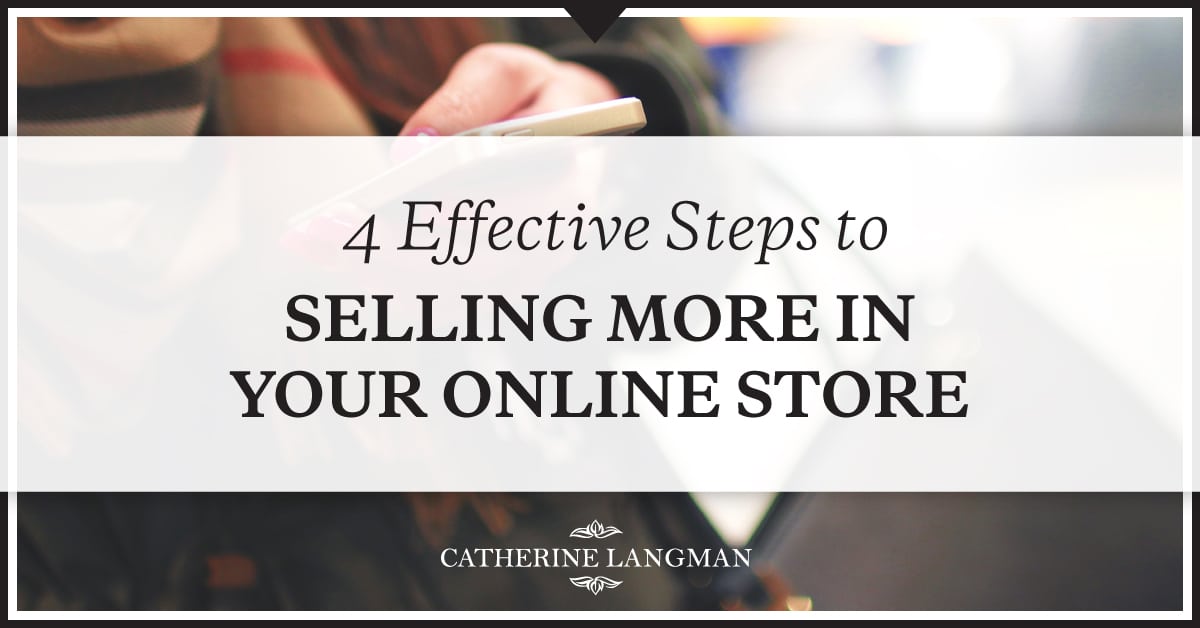It’s getting close to the business end of the year and for most of us with eCommerce businesses we’re heading into potentially the busiest sales period of the year.
Yet when chatting to many Productpreneurs, lately, I hear a real mixed bag of emotions:
Nervous that they won’t have bumper sales this Christmas.
Anxious about selling through Christmas stock.
Needing to have some time off from the business to relax, but knowing a Boxing Day sale is non-negotiable.
Worried about continued low or unpredictable sales revenue.
And these business owners “tried everything” – pop-ups, Facebook ads, email marketing, blogs, discounts, SEO, you name it.
And frankly, they’re now exhausted from the relentlessness of creating new content and new offers. Every. Single. Month!
Gosh I remember that feeling. And even though you know that whole “build it and they’ll come” idea is never gonna happen, it’s still a bloody hard pill to swallow when you experience it yourself.
It feels like you’re the guy wearing the sandwich board standing outside the empty café spruiking a meal deal while the joint across the road is absolutely pumping, right?
So what do you do to fix the situation?
Well unfortunately I don’t think there’s any one-size-fits-all solution template that works for everyone, and anyone who tells you differently either has a very limited world-view or they’re pulling your leg…
Fortunately there’s a PROCESS you can go through that will help you figure out the solution that is perfect for your business!
Here are the 4 key steps for selling more products online that most productpreneurs get wrong.
And the best part is, they’re all FREE!

#1. What is your Why?
I’ve spoken about this before, but I think it’s often overlooked by product-based businesses that sell online.
And I think that’s because eCommerce businesses are often still stuck in the ‘old’ way of selling online – and that’s to chase people around the Internet and try and sell them something.
(You know – ‘Buy my widget for $X’ – it’s the same message we pump out in all our Adwords, marketing emails, web pages etc etc).
This is just so uninspiring now. Punters expect MORE than this – otherwise, they’ll go to some other deals website and buy the same widget for free shipping or 10% less.
The new model of selling online is more like, ‘let me engage you in a conversation and then you can chase my products’.
Basically, your customers want to know, like and trust you before they will buy.
And the best way to kick-start that engagement is to share your vision.
If your business is based on a vision or purpose that is meaningful to you, that helps get you out of bed each day fired up with passion and motivation for your business, then chances are good that your customers will feel pretty damn inspired by that!
#2. Know who you’re selling to.
Yes I know, you sell to your customers, it’s friggen obvious isn’t it?
But seriously, if you don’t intimately know your ideal customer, you won’t be clear on their purchase decision-making process, you won’t know at what point in their decision-making journey they arrive at your website, whether it’s during their research and option evaluation stage, or right at their ‘I’m ready to buy’ stage.
And if you don’t intimately know your customer, I mean right down to their core values and beliefs, then you will always fall short in your marketing messages.
You can’t hope to turn your website into a selling machine if you’re not sure how to talk to your target market or where to find them!
#3. People buy a hole in the wall, they don’t buy a drill.
Again, think about the old vs new way of selling online. What are you selling? Are you selling a widget or are you selling a benefit or solution?
Let me let you in on a little secret…
It’s not about the product at all – it’s about the promise.
First of all, you’ve gotta promise them what they want, and then you give them what they need in order to experience that promise for themselves.
And hopefully, because you are now crystal clear about WHO you’re selling to, you’ll be able to present it in a way – using the right words and images – that is utterly irresistible to them!
#4. Magic Metrics.
When you sell products online, there are a few key metrics that you really need to track.
And don’t just track them – document them regularly. At least monthly, but I suggest weekly.
At the very least, track these 3 metrics:
- How many new vs repeat visitors your website gets,
- What the conversion rate is (% of visitors who make a purchase), and
- What the average $ value of those orders are.
When you get really clear on these key metrics, you’ll start to figure out how you can influence them.
For example, if you could grow your website traffic by 10%, what would the sales growth look like?
Or, if you increased the average order value by $10 per order, what would the overall sales growth be like?
I’m sure you all know that saying, “you can’t keep doing the same thing and expect different results”, but until you identify where you are right now, how can you hope to know what changes will bring you the different results you really want?
So tell me, do you feel stuck in a rut in your business?
Do you feel like the eCommerce business owners I’ve been speaking to recently?
If you need to make more sales on your website but feel like you’ve tried pretty much everything, don’t despair!
Let me teach you the process. Not only will you start seeing your sales grow again, you’ll also get that fire back in your belly and your confidence as a business owner will soar!
Click here to book a FREE Product Profits Strategy Session and learn more about working with me.
About our Ausmumpreneur Expert :

Catherine Langman is an award-winning business owner with extensive professional experience in brand communications, digital design and online marketing. As a business coach to Productpreneurs, Catherine has helped clients with product-based businesses to achieve massive growth in their own businesses. Find out more about Catherine here: www.catherinelangman.com



